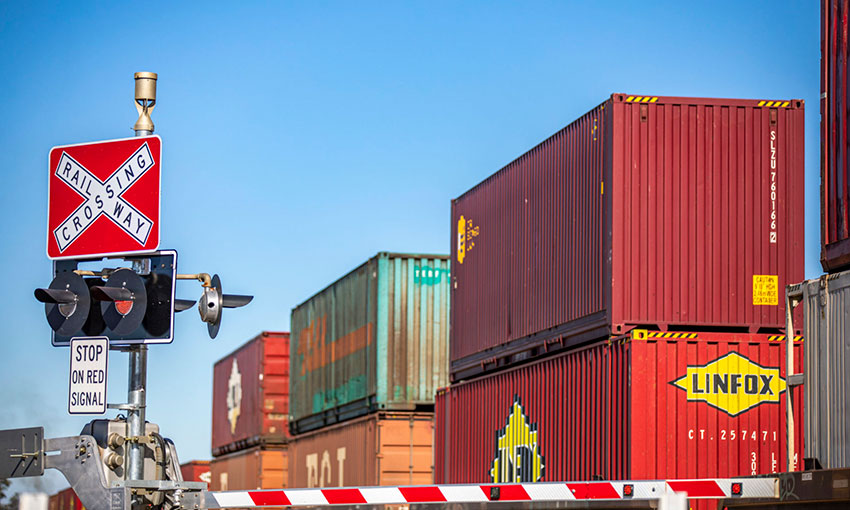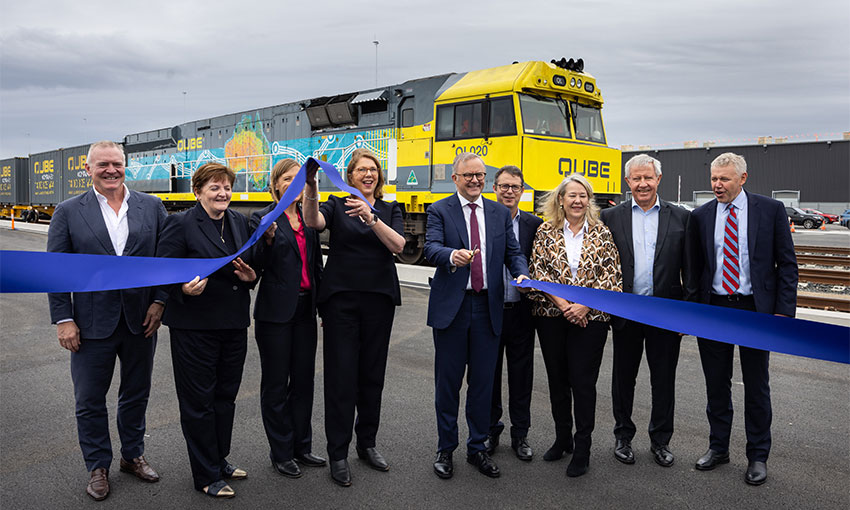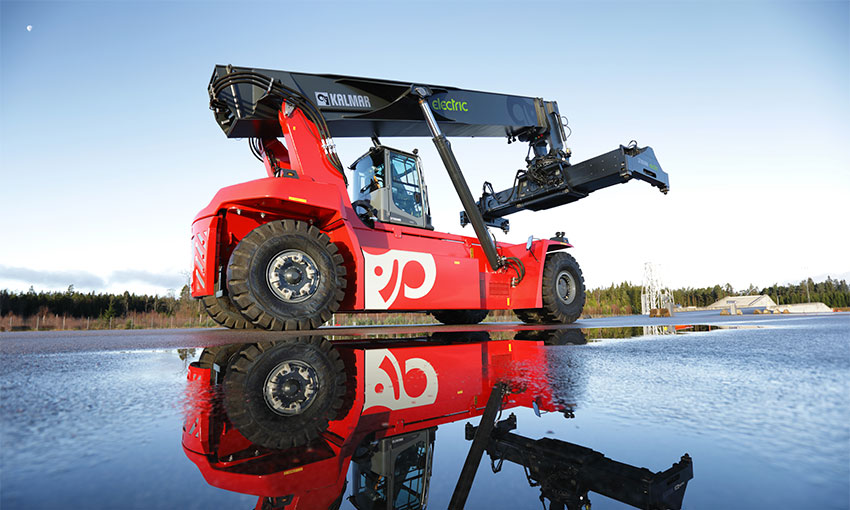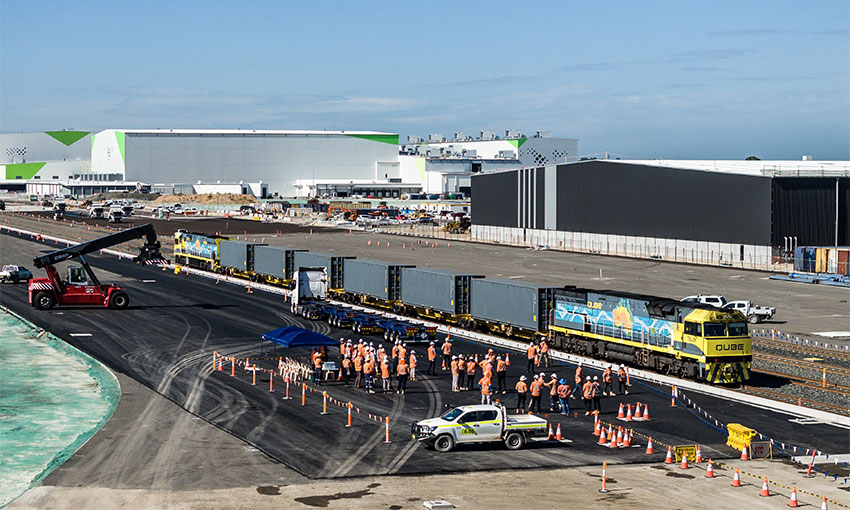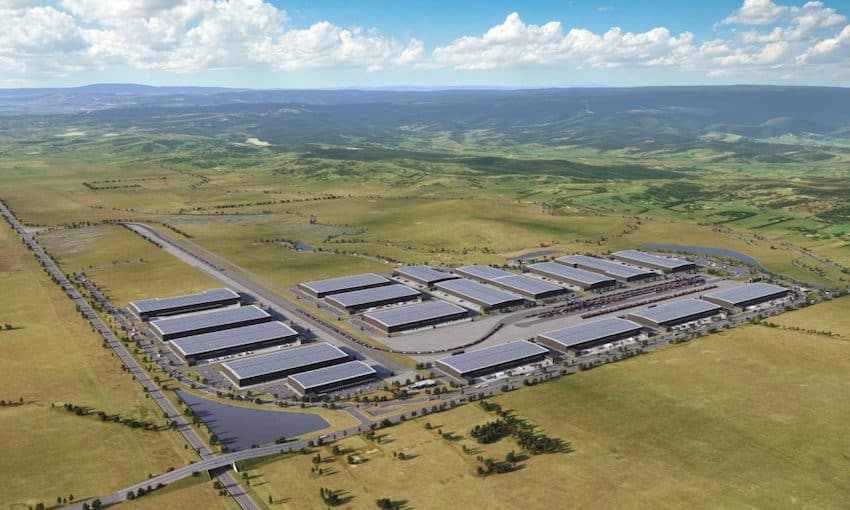THE government has announced that it would pump $3.3 billion into Victoria’s freight network as part of the 2022-21 Federal Budget, to be announced in full this week.
The budget provides $3.1 billion in new commitments for the Melbourne Intermodal Terminal Package.
This includes $1.2 billion for the Beveridge Interstate Freight Terminal, $280 million for road connections, $740 million for the Western Interstate Freight Terminal (WIFT) in Truganina, $920 million for the Outer Metropolitan Ring-South Rail connection to the Western Interstate Freight Terminal, and $109.5 million for the Mickleham Road upgrade.
The budget also includes $68.1 million for existing projects.
Deputy Prime Minister and minister for infrastructure, transport and regional development Barnaby Joyce said the government is building the infrastructure that will make Australia’s economy stronger.
“As an exporting nation, Australia relies on our commodities reaching international markets to generate the wealth that underpins our standard of living and prosperity,” Mr Joyce said.
“We are building Inland Rail to better connect our exporting industries with their customers, so that our nation can continue to earn the money that pays for the services Australians need and deserve.
“Our commitment to delivering new intermodal terminals in Melbourne will ensure we have the right infrastructure in place at the end of the line to get these products to their local and global destinations.”
Port of Melbourne welcomed the Commonwealth’s $3.1 billion commitment to the Melbourne Intermodal Terminal Package.
The port considers WIFT as the immediate priority, as 37% of containers imported through the port are destined for Melbourne’s outer western suburbs.
Port of Melbourne CEO Saul Cannon said the port has always acknowledged the long-term need for two intermodal terminals in the Melbourne metropolitan area.
“However, we believe the immediate priority should be WIFT [because it] creates the most opportunity to shift more freight onto rail in the short to medium term,” Mr Cannon said.
“More than one-third of Australia’s container trade comes through the Port of Melbourne, and with container trade expected to triple over the next 30 years, it’s critical we get more freight movements on rail in the future, so this commitment to our national supply chain infrastructure is very welcome.”
Mr Cannon said the port would continue to invest along with industry and government to maximise the efficiency and effectiveness of the port supply chain.
“Inland Rail needs to connect efficiently with other freight infrastructure, including the Port of Melbourne and metropolitan and regional intermodal freight terminals,” he said.
“Connection of Inland Rail to the Port of Melbourne, including a direct freight connection to Webb Dock, is essential if we’re going to meet the long term demands of consumers and business.”
Federal minister for communications, urban infrastructure and cities Paul Fletcher said the government’s investment in intermodal terminals at Beveridge and Truganina would help meet the forecasted increase in freight over the coming decades, especially in Melbourne with the planned closure of Dynon terminal in 2031.
“Victoria is the freight and logistics capital of Australia. To maintain this advantage, the delivery of two modern and advanced intermodal terminals in the north and west of Melbourne to support Inland Rail, as well as east-west freight rail flows, is a priority,” Mr Fletcher said.
“Our investment in two terminals and connecting infrastructure will help remove around 5500 truck movements per day from metropolitan arterial roads in Melbourne in the next 15 years, significantly reducing congestion and emissions across the CBD, and improving safety.”
The Australian Logistics Council welcomed the government’s additional budget commitment to invest in intermodal freight infrastructure.
ALC CEO Brad Williams welcomed the Melbourne Intermodal Terminal Package and said investment in new freight terminals would help achieve modal shift from road to rail and facilitate a nationally connected, efficient and productive freight and logistics sector.
“Investment in intermodal infrastructure is critical to the national economic interest,” he said.
“Modal shift is changing the way freight is moved in Australia, including doubling the volume of freight transported on rail between Melbourne and Brisbane from 30% to 62% by 2050 and maximising the efficiency gains from the operation of Inland Rail.”
Mr Williams said a co-ordinated and centralised approach, through the National Intermodal Corporation, should ensure access for multiple supply chain participants and help drive increased efficiency and productivity across all freight modes.
“This budget commitment is an important step in modernising Australia’s freight network and maintains the focus on delivery of the National Freight and Supply Chain Strategy,” he said.

